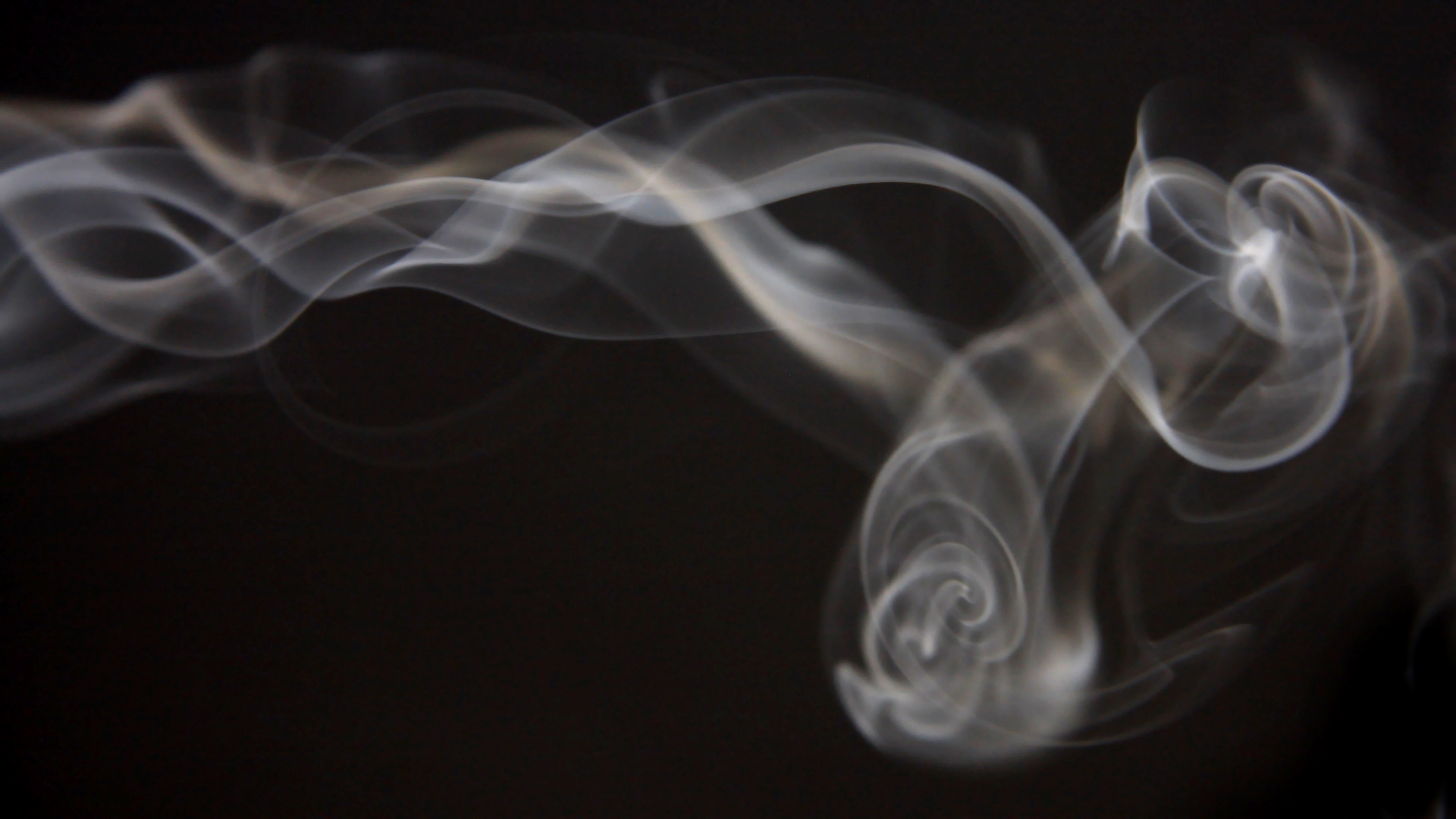Calmveda: Habana Cinnamon, 1960’s Patchouli, Fresh Lavender, King Champa
I received these samples from Steve (Incense in The Wind), who bought them as part of the ‘Om Meditation‘ set for £8.50 on Amazon (UK). The set also contains the variety Indian Sandalwood, but I don’t have samples of that.
Steve has written a blog post about Calmveda. In this, you’ll find his reviews of the individual varieties linked, as well as some general info.
It seems the brand is sold exclusively via Amazon. Calmveda has neither its own independent shop nor a homepage, only a profile on Instagram.
On the German version of Amazon, the set costs 12.99€ and contains a total of 90g or 60 sticks. The individual varieties are available for the same price, but with 80+ sticks per pack.
Calmveda has taken up the business idea conceived by Phool of recycling temple flowers into incense sticks, and also follows the current trend of selling charcoal-free incense sticks under the argument that sticks with charcoal are (more) harmful.
The following ingredients are named for all varieties: temple flowers, joss powder, halmaddi; Calmveda also state that they use both essential and fragrance oils (i.e. synthetic fragrances) that comply with IFRA guidelines.
I learned from Steve that Calmveda actually use only about 15% temple flowers in the recipe, and the base consists mainly of rubber tree wood powder. He emphasised that this is a rather high-quality base material.

Habana Cinnamon
After initial smokiness, Habana Cinnamon develops a friendly, sweet cinnamon smell.
The fragrance has a pleasantly warm spice and a soft musk aspect, like I’ve also discovered in other cinnamon incense sticks. This comes out even more strongly over time, though the spiciness is never completely lost.
Yummy!

1960’s Patchouli
Although the fragrance has a certain share of the earthy note that’s typical for patchouli, I don’t find the smell of 1960’s Patchouli particularly characteristic.
It comes with a decent portion of generic freshness that seems relatively volatile and not very high-quality. The fragrance appears green, in a way I’d rather expect in ‘green tea’ incense sticks; furthermore, it reminds me of cosmetic products like body lotion.

Fresh Lavender
The fragrance is quite potent. It’s not the most authentic lavender fragrance, but still captures the concept quite well. It’s a robust lavender-genre fragrance that emphasises the powdery and tart-floral aspects in particular, but without really smelling herbal, which is interesting.
The name Fresh Lavender fits quite well, as the aroma also has a fresh portion that can appear slightly minty when the air dilution is right.
Overall, Fresh Lavender is similarly volatile as 1960’s Patchouli, though without the cosmetic character.

King Champa
Steve has a pack reading King Champa, but in the current product images on Amazon show the name as 1980’s Nag Champa, with the same packaging design.
I’ve only tried a few perfume-based Nag Champa varieties so far, and none of them smelled like a Nag Champa to me.
King Champa, on the other hand, has a clear Nag Champa fragrance that hits in a similar vine as frangipani-heavy interpretations like that from Goloka (though without their strongly woody base smell).
The aroma is intensely floral and sweet, accompanied by a slightly tart note, a soft waxiness and a creamy note I find typical for Nag Champa.
It’s not an outstanding Nag Champa, but it’s decent, at least for this type of incense.
Conclusion:
Although I still think little of the idea of processing temple flowers into incense, I have to grant Calmveda that they do a far better job at it than Phool.
The fact that their incense sticks smell better doesn’t come out of nowhere with the low proportion of recycled temple flowers. The whole concept of recycling temple flowers therefore seems even more like a marketing gimmick, but due to the much more pleasant fragrances, I can live with that.
One striking detail is that Calmveda‘s sticks produce no or hardly any soot when lit, whilst Phool’s sticks showed one of the most aggressive and sootiest flames I’ve ever seen.
As for the varieties, I find Habana Cinnamon by far the best. They have an actually attractive smell, whilst King Champa is good but quite average in the bigger picture, and the other two here are rather settled in the realm of ‘not unpleasant’.

